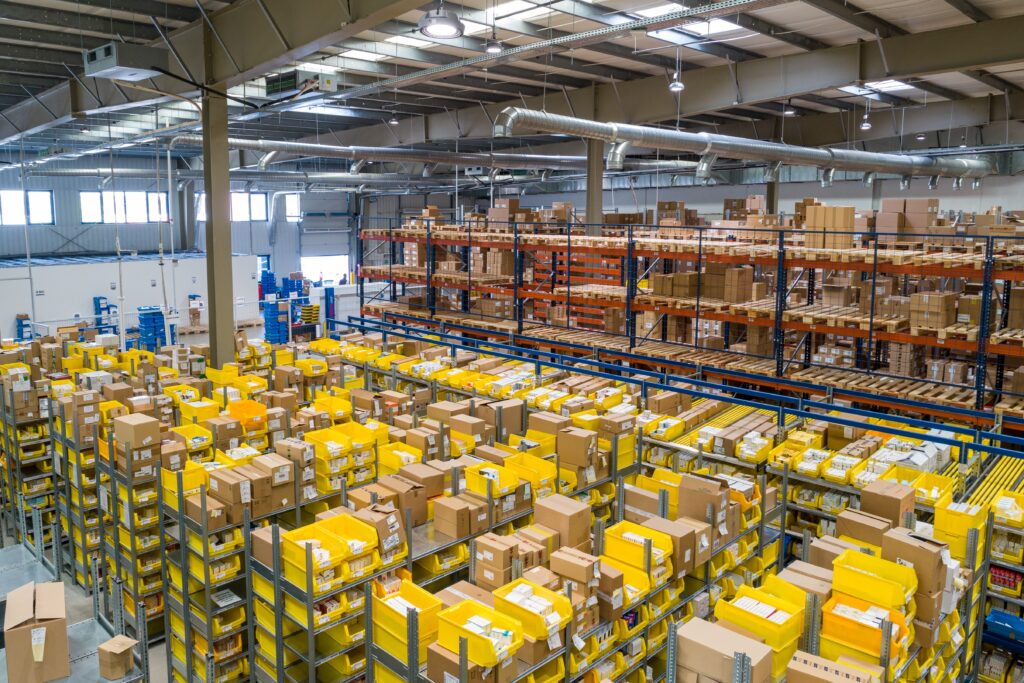Amazon FBA – Amazon Side Hustle

In the world of e-commerce, Amazon FBA (Fulfillment by Amazon) stands as a huge opportunity for entrepreneurs looking to capitalize on online selling. With the sheer volume of buyers flocking to Amazon daily, this platform is ripe for the picking. But you need to learn how to sell on Amazon. This guide will help you get started with Amazon FBA.
Understanding Amazon FBA
Amazon FBA is a service where Amazon stores, picks, packs, and ships your products for you. As a seller, all you have to do is send your products to Amazon’s fulfillment centers. When an order is placed, Amazon handles everything from storage to shipping, even customer service and returns. This convenience allows you to scale your business without the headaches of storage and shipping logistics.
Retail Arbitrage: A Doorway into Amazon FBA
One of the simplest ways to dip your toes into Amazon FBA is through retail arbitrage. It involves purchasing products at discounted rates from retail stores and selling them on Amazon at a markup.
Research: Utilize tools such as Keepa or CamelCamelCamel to analyze product price histories.
Source: Visit clearance aisles, discount stores, or even garage sales to find potential profitable items.
List & Sell: Once you’ve found your products, list them on Amazon, set your price, and let FBA handle the rest – after you send them in to Amazon of course!
Wholesale: Scaling the Amazon FBA Side Hustle
Diving into the world of wholesale can significantly amplify your Amazon FBA business. This involves purchasing products directly from manufacturers or distributors and selling them on Amazon.
Finding Suppliers: Attend trade shows, use directories like Wholesale Central, or directly reach out to brands.
Build Relationships: It’s not just about finding products but building lasting relationships with suppliers. Remember, it’s a partnership.
Selling Used Books on Amazon FBA
Selling used books on Amazon FBA can be surprisingly profitable. Whether you source them from garage sales, thrift stores, or library sales, there’s a vast market out there. Books with a low sales rank, unique topics, or out-of-print editions can fetch handsome profits. The can be an excellent side hustle on its own, or it can be a side hustle of the side hustle!
Private Labeling: Your Brand on the Forefront
By sourcing a generic product and branding it as your own, private labeling can establish your brand on Amazon.
Product Research: Tools like Jungle Scout can highlight products with high demand and low competition.
Sourcing and Branding: Use Alibaba for sourcing and focus on unique packaging and branding.
Private labeling a product involves a lot of risk, and done correctly, it requires a lot of research and development. It’s vital to chose a product that will solve a problem or fill a customer need, and then make that product uniquely yours.

FBA vs. Merchant Fulfilled
While Amazon FBA handles storage and shipping, opting for a Merchant Fulfilled method means you’re in charge of these processes. FBA offers convenience, Prime eligibility, and trust through Amazon’s customer service. However, Merchant Fulfilled can provide more control and potentially higher margins on certain products.
Expanding Your Reach with Amazon Ads
Another avenue to explore, especially when you’re confident about your product listings, is Amazon’s advertising platform. By leveraging sponsored product ads, you can increase your product’s visibility on search results, making it more likely for customers to find and purchase your items.
Keyword Research: Understand what potential buyers might type into the search bar. Tools like Sonar or Keyword Tool Dominator can help.
Set a Budget: Decide on a daily budget for your campaigns. Starting small lets you gather data without overspending.
Monitor and Optimize: Track your ad’s performance. Look for high-performing keywords and allocate more budget to them, while pausing or reducing spending on low-performing ones.
The Value of Product Reviews
In the Amazon ecosystem, reviews are gold. Positive feedback can significantly influence purchase decisions, while negative ones can be detrimental.
Encourage Reviews: Utilize Amazon’s automated request system. Be cautions of any review requests outside of Amazon’s approved guidelines.
Address Negative Reviews: Respond professionally and try to rectify any genuine issues. It shows potential buyers that you care about customer satisfaction.
Nurturing Your Brand Identity
Building a brand isn’t just about slapping a logo onto a product. It’s about creating a consistent customer experience, from the product listing to the packaging.
Quality Photos: Invest in high-quality product photography. A clear, detailed image can make a huge difference in conversion rates.
Engaging Descriptions: Tell a story. Highlight the benefits, not just features. Make it easy for potential customers to visualize using your product.
Preventing Stockouts
Nothing can halt your Amazon FBA momentum faster than running out of stock. Not only do you lose sales, but your product ranking can also drop.
Regularly Check Inventory Levels: Set reminders to review your stock levels weekly.
Understand Lead Times: Know how long it takes for suppliers to deliver and factor in potential delays.
Conclusion:
The world of Amazon FBA is filled with endless possibility. Whether you’re starting with retail arbitrage or venturing into private labeling, there’s huge potential to get started with Amazon FBA. With the right strategies and some perseverance, this side hustle can soon turn into a significant income stream. As you learn how to sell on Amazon and journey through the intricacies of Amazon FBA, Hustleosity will be here, offering valuable insights to aid your e-commerce endeavors.
